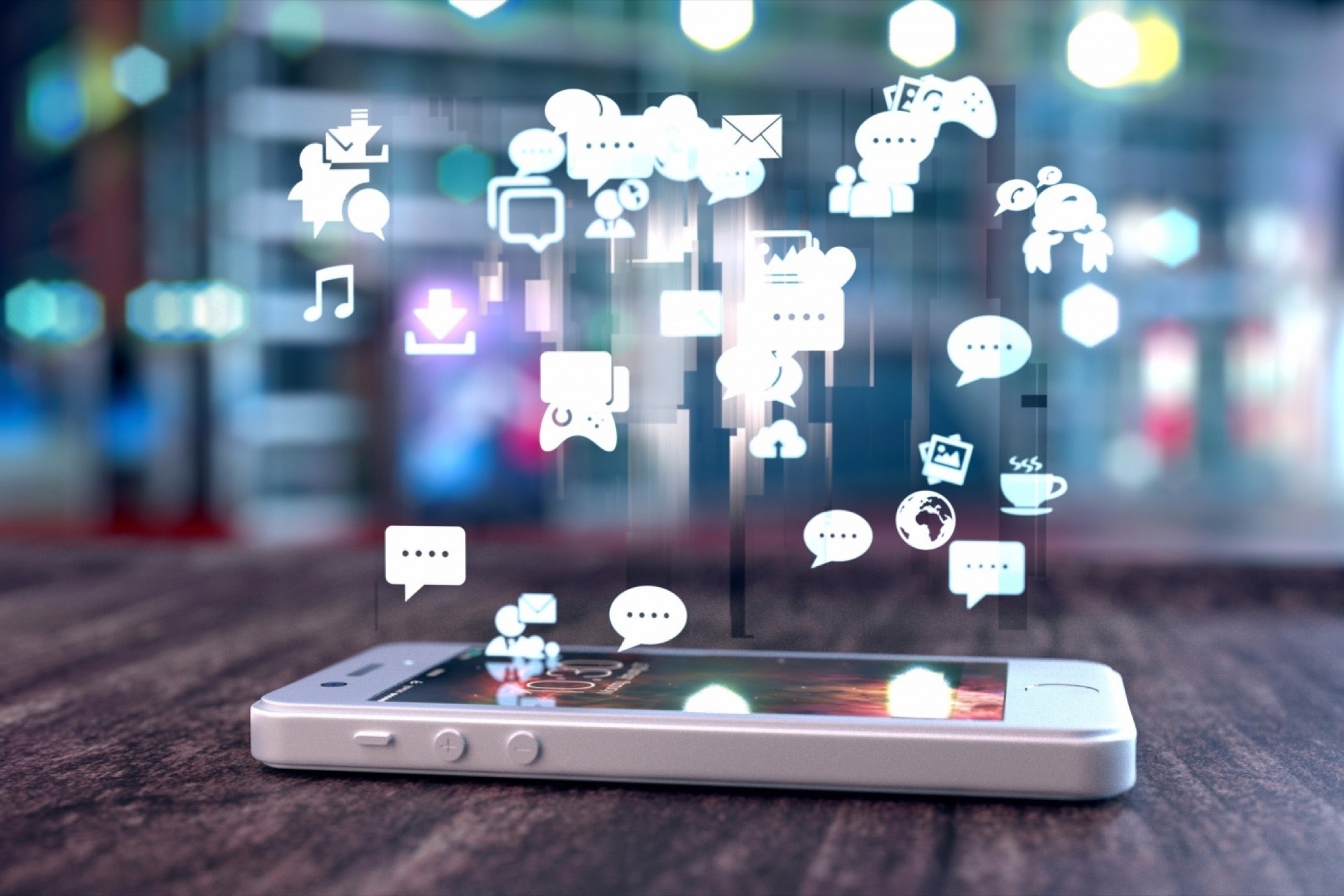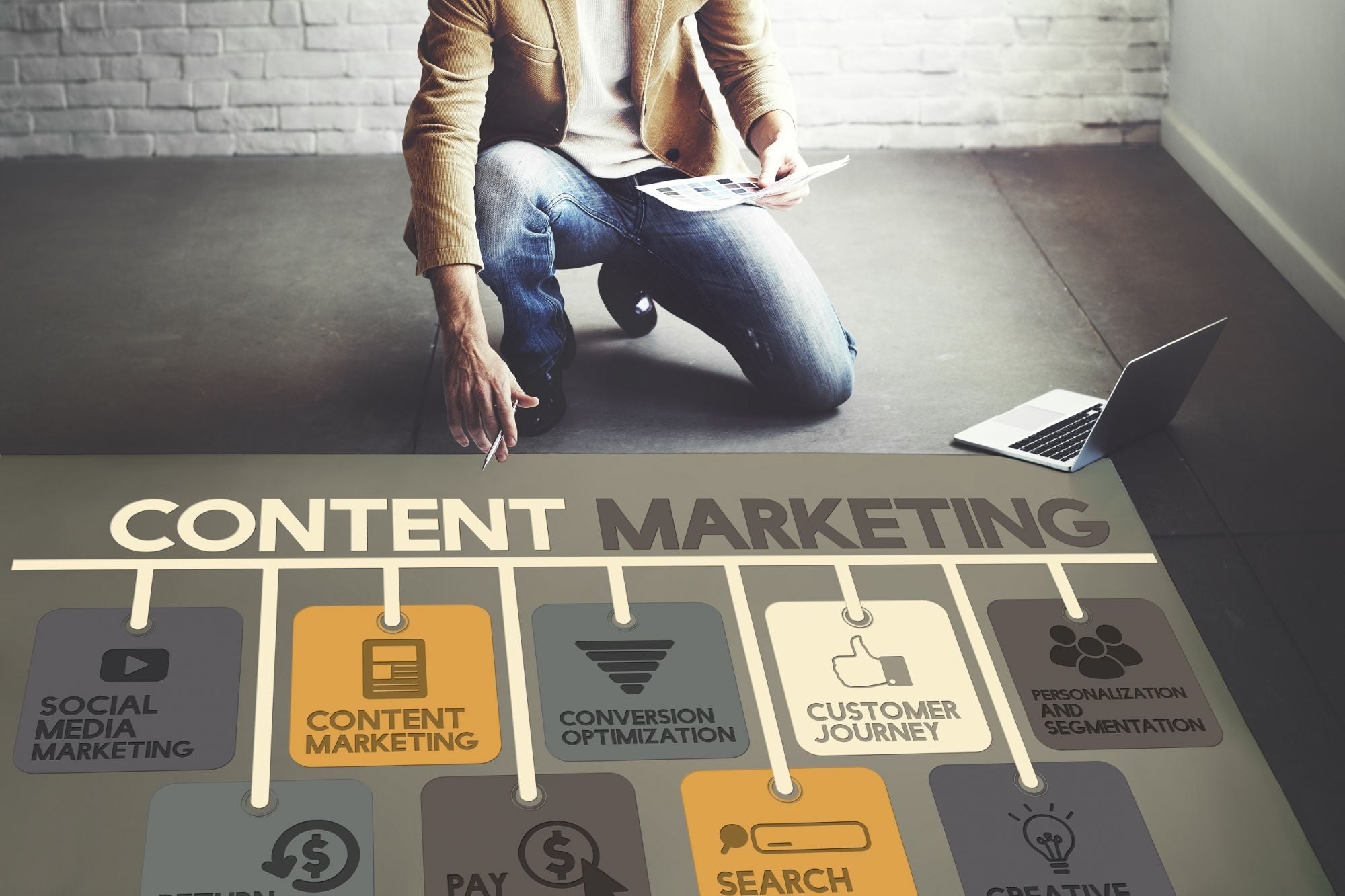The Convergence of B2B and B2C: How to Create Epic Experiences in an Experience-driven Economy To meet the changing needs and expectations of customers, B2B and B2C marketers need to learn from each other's experiences to adapt and implement a new set of strategies
By Steve Lucas
Opinions expressed by Entrepreneur contributors are their own.
You're reading Entrepreneur Asia Pacific, an international franchise of Entrepreneur Media.

Whether it's buying a pair of running shoes or purchasing marketing technology for an organisation, customer expectations are shifting. Consumers are now used to seamless and personalised experiences – companies like Uber, Airbnb, Netflix, and more have quite literally changed the way we live. In the end, every buyer wants the same things – to buy from a company that they connect with and that delivers a great experience – whether it's a sports apparel company, software company, or anything in between. It's no longer enough for a product or service to be best-in-class for a customer to want to buy it.
B2E: A New Paradigm for Growth
Today, companies are trying to balance increasing customer expectations while trying to create compelling end-to-end experiences to keep customers engaged. New behaviours and expectations are forcing the traditional silos of consumer-and business-focussed strategies to converge. In fact, 52 per cent of companies who have both B2B and B2C customers say they have seen more similarities in the way these two groups of consumers behave. Of course, there are inherent differences in how marketers think about the two audiences: B2C focuses on a precise view of the individual, and B2B focuses on a single view of an account with many buyers, making the buyer journey more complex. However, the lines between the two audiences are blurring as their journeys become more similar.
To meet these changing needs and expectations of customers, B2B and B2C marketers need to learn from each other's experiences to adapt and implement a new set of strategies, tactics, and technologies to meet their goals. The goal is universal — to make every single customer experience epic. And that's where B2E comes in – it represents a new era of customer engagement – the convergence of everything, everyone, everywhere – with experience at its core.
Take Amazon, for example. Imagine how different the world would be if they had stopped at selling books. Or, what if Adobe had stopped after the invention of PDF? We know that both companies engage with consumers, as well as businesses every single day, and it wasn't just their book-selling or PDF-creating that got them to where they are today. Their focus on delivering compelling experiences, regardless of customer segment, is one of the biggest reasons for their immense success.
Four ways to Create Epic Experiences
Now, you might be thinking, "This all sounds great, but how do I effectively engage my customers and deliver personalised, epic experiences – every single time?" Here are four tips to help you move beyond conventional B2B and B2C marketing approaches to ensure your focus is on delivering personalised customer experiences.
1. Develop Real-time Customer Profiles.
It's most likely that you don't have a lack of data. It's probably quite the opposite. Most companies have mountains of customer data. And depending on their size and structure, most companies capture data in different systems, making it hard to get a holistic view of their customers. A single source of data truth gives marketers the ability to decipher customer insights across all stages of the buyer journey and create a unified, complete, and real-time customer profile that enables more personalised engagements regardless of whether the customer is a large enterprise or a single consumer.
2. Establish Data-driven Processes.
Once your customer profiles are created, you need to establish and align your entire company to a unified data-driven process. Customer data is the lifeblood of experience, so it's critical that the data is used and shared with internal audiences – anyone who works with the customer – appropriately. Leveraging a single source of truth across the organisation empowers employees to create relevant and personalised experiences with customers. At Adobe, we developed a rigorous data-driven operating model that connects data to customer profiles, which allows understanding our customers better, and make decisions based on data gathered throughout the entire customer journey.
3. Deliver Relevant, Personalised Experiences.
Now that you have data-driven processes established and a clear, real-time view of your customers, the next step is to engage. With rapidly evolving customer needs, it's more important than ever to deliver relevant and engaging experiences to your customers at the right moment, every time. For example, as a consumer, you don't want an email asking you to buy skis when you just purchased a pair, but you might enjoy tips on how to maintain them or where to go to break them in. The same is true for business buyers. No one wants to be marketed to; everyone wants to be engaged with. Give your customers the engagement they want. Let them know you understand where they are in the buyer's journey and that you can meet their needs – with the right content, at the right time – at every step of the way, from acquisition to advocacy.
4. Create Seamless Experiences across all Channels
Just as a consumer may start shopping on their phone and complete the purchase on a laptop, business buyers expect a seamless experience across multiple touch points and channels as well. Let's say they fill out a form on your site as the first interaction. When they return two days, two weeks, or even two months later, they expect you to remember the initial interaction and acknowledge it. To create these seamless experiences more easily, leverage technologies like artificial intelligence as part of your tech stack to give your customers a personalised experience across multiple channels (website, chatbot, email, etc.) at scale. Tailoring your message based on the customer's needs, current place in the buyer journey, and the channel is key to creating personalised and engaging experiences.
It is imperative to keep customer experience at the heart of every initiative for long-term, sustainable growth. Remember, your best-in-class product is nothing without a compelling and personalised customer experience behind it. People don't remember products, but they remember experiences. And, experience is the fine line between epic and epic failure.












